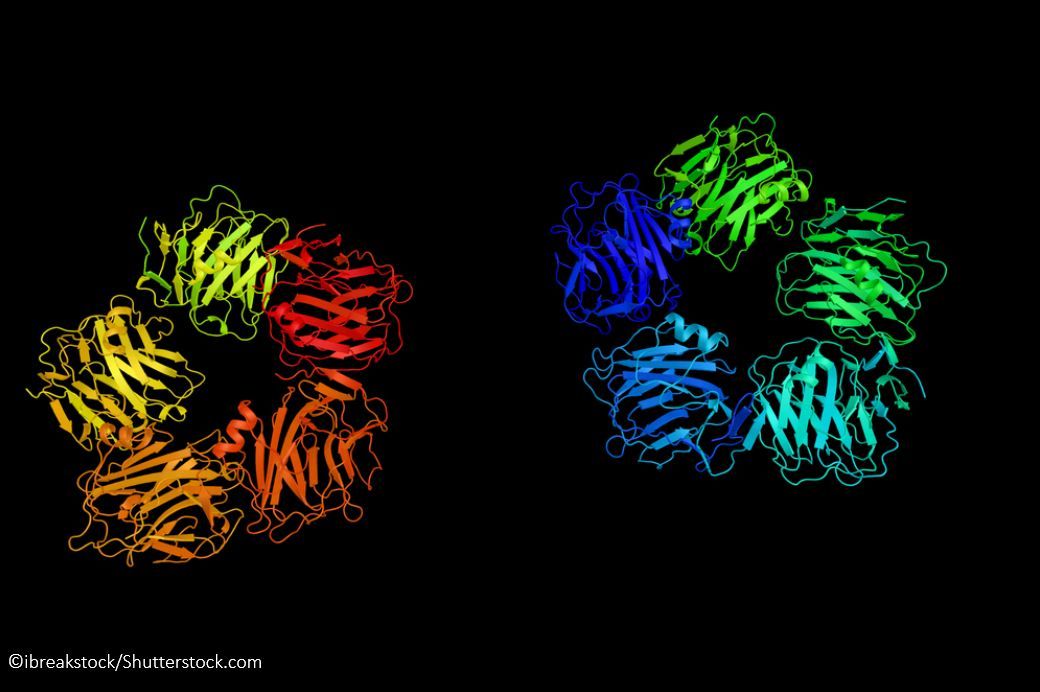5 Key Biomarkers in CVD Prevention
Which CVD biomarker is most useful in what situation? Here are the top 5 most useful in primary care plus 3 key criteria to help choose the right one.

As the number of biomarkers used to assess cardiovascular disease (CVD) risk and promote prevention continues to grow, clinicians are challenged to determine which marker is best used in which circumstance. In general, three criteria are important when evaluating biomarkers:
1. How easy is it to measure?
2. What information does it add?
3. How does it impact management?
The following are the top 5 “biomarkers” every physician involved in CVD prevention must know how and when to use:
1. Lipid panel. Ok, this isn’t a true “biomarker” but ordering it is definitely the first step in assessing a patient’s risk of atherosclerotic CVD (ASCVD). And the ACC’s handy ASCVD calculator incorporates total cholesterol (TC) and HDL-C into risk estimation. Recent ideological changes are shifting testing away from the fasting lipid panel, noting that it is no longer needed (rationale: TC, LDL-C, and HDL-C are less impacted by fasting). But beware, non-fasting panels can be difficult to interpret if the triglycerides (TGs) are very high because elevated levels can affect LDL-C calculation by the Friedwald equation). Personally, for primary prevention patients, I generally start with a non-fasting panel and depending on the results (ie, when TGs are very elevated), if need be, I repeat with a fasting panel. For secondary prevention patients, especially those who are very high risk, I still tend to start with a fasting lipid panel.
2. Hemoglobin A1c (A1c). Another “trick” biomarker. I consider the hemoglobin A1c one of our oldest and most widely utilized biomarkers in CVD prevention, managem ent, and prognosis. Because it reflects the previous 3 months of glycemic control, I know this for sure: the A1c rarely lies. The obvious benefit of this measure is its potential to help diagnose diabetes as well as to reflect how well the disease is managed and to gauge overall prognosis. The A1c can also help assess pre-clinical disease, or “prediabetes.” As prediabetes gains credence as a clinical disease entity, recommendations for more aggressive risk control of the condition (ie, with lifestyle changes, pharmacologic therapy) have been incorporated into treatment guidelines. Recent guidelines recommend considering use of metformin in patients with prediabetes (fasting plasma glucose 100-125 mg/dL; 2-hr post-load glucose 140-199 mg/dL; or A1c 5.7-6.4%), especially in those who are age <60 years old, have a BMI >35 kg/m2, or have a history of gestational diabetes.1 Metformin has not been approved for such use by the FDA but may have the potential to prevent progression to diabetes. Large cardiovascular outcome trials with antihyperglycemic medications are ongoing - stay tuned to see if pharmacologic treatment of prediabetes with metformin may reduce MACE.
Please click "next" for hs-CRP, Lp(a), and BNP
Hs-CRP (high-sensitivity C-reactive protein). Hs-CRP is a biomarker whose characteristics (ie, its constant half-life) make it ideal as an indicator of acute ongoing inflammation. A meta-analysis from the USPSTF demonstrated that hs-CRP >3 mg/dL was associated with 60% increased risk of cardiovascular disease.The biomarker became a prominent topic in CVD prevention in 2008 with results of the JUPITER trial.2 JUPITER was a large outcomes trial that randomized ~18,000 primary prevention patients with LDL-C <130 mg/dL and hs-CRP >2 mg/dL to statin therapy (with rosuvastatin) vs placebo. The trial had to be stopped early in light of a 44% lower hazard for the primary composite endpoint with statin use in the treatment group.
The ACC/AHA have given hs-CRP screening in the decision to use a statin a Class IIa indication and a Class IIb recommendation for men >50 years and women >60 years.
Lp(a) (lipoprotein-a). This is a marker for CVD I tend to use when: (1) cholesterol is well controlled but the patient has a significant family history of premature heart disease, or (2) there are other risk factors that are readily captured by the ACC’s ASCVD risk calculator (eg, a high-risk ethnic group such as South Asians that tends to have elevated Lp(a) levels).
Lp(a) represents an LDL-like particle and an apolipoprotein (a) and is a genetically determined marker. Ideally, levels should be <14 mg/dL and very high risk (for atherosclerosis and vascular events) is >50 mg/dL. Recently, it has been found that PCSK9 inhibition reduced Lp(a) by ~30% by an uncertain mechanism.3
BNP (B-type natriuretic peptide). BNP belongs to a family of hormones that are upregulated in period of myocardial wall stress and the most common clinical use is in the setting of acute heart failure (usually for diagnosis) or chronic heart failure (usually for prognosis). In primary prevention, there have been consistent associations with elevated BNP and cardiovascular risk and in multiple analyses, BNP (or its precursor NT-proBNP) has been shown to have independent prognostic value.4 I don’t check it often unless there is HFPEF or diastolic heart failure present; in these cases, it helps to establish a baseline in patients who are euvolemic.
References
1. Metformin for prediabetes [From The Medical Letter on Drugs and Therapeutics] JAMA. 2017;317:1171. doi:10.1001/jama.2016.17844
2. Ridker PM, Danielson E, Fonseca FAH, et al. Rosuvastatin to prevent vascular events in men and women with elevated c-reactive protein. N Engl J Med 2008; 359:2195-2207
3. Desai NR, Kohli P, Giugliano RP, et al. AMG145, a monoclonal antibody against proprotein convertase subtilisin kexin type 9, significantly reduces lipoprotein(a) in hypercholesterolemic patients receiving statin therapy: an analysis from the LDL-C Assessment with Proprotein Convertase Subtilisin Kexin Type 9 Monoclonal Antibody Inhibition Combined with Statin Therapy (LAPLACE)-Thrombolysis in Myocardial Infarction (TIMI) 57 trial. Circulation. 2013;128:962-9. doi: 10.1161/CIRCULATIONAHA.113.001969. Epub 2013 Jul 24.
4. Gilstrap LG, Wang TJ. Biomarkers and cardiovascular risk assessment for primary prevention: an update. Clin Chem. 2012;58:72-82.